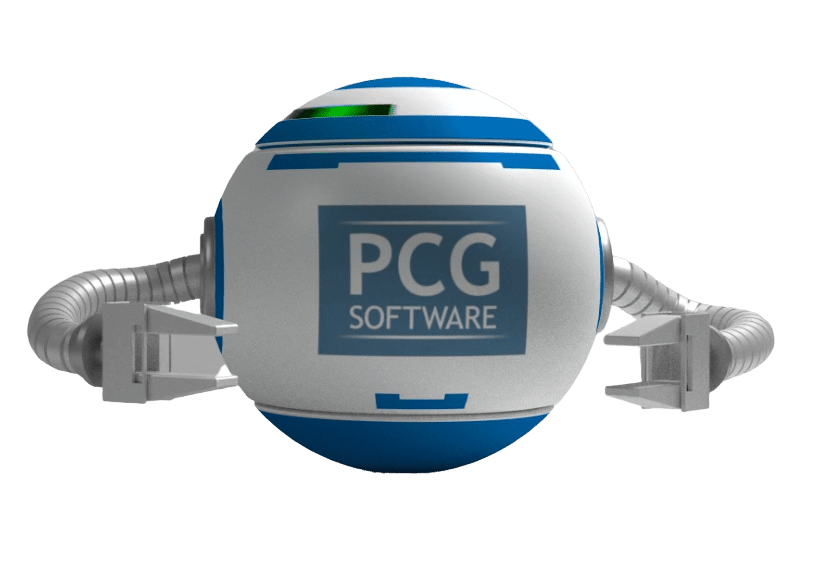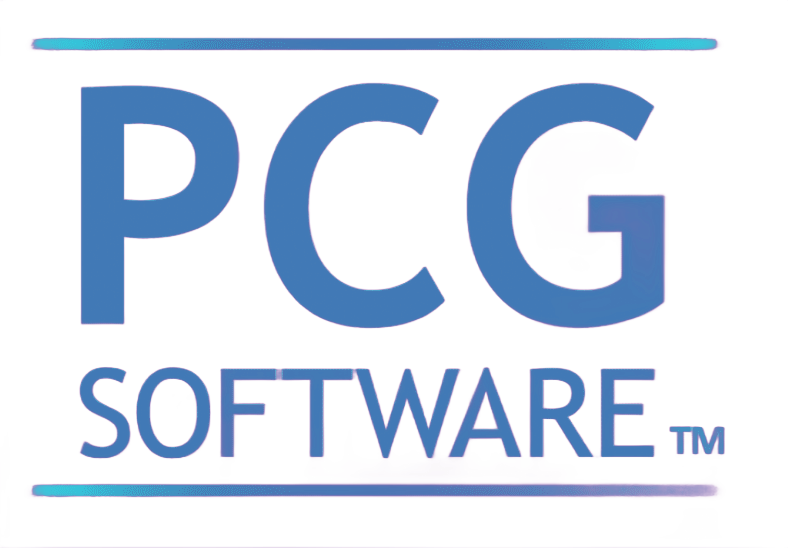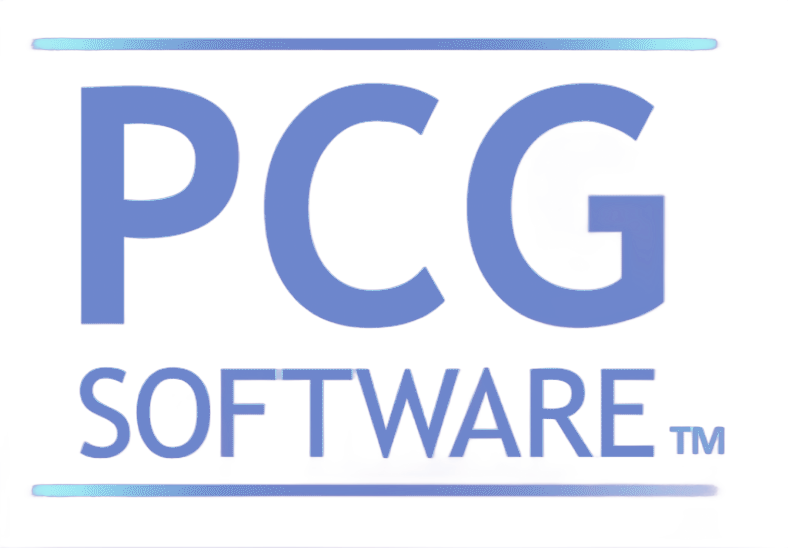$6 Billion Healthcare Fraud: Telemedicine, Opioids, and Sober Home Kickbacks
Unpacking the Largest Federal Takedown in U.S. Healthcare Fraud History
In September 2020, the U.S. Department of Justice (DOJ) and Office of Inspector General (OIG) announced one of the largest coordinated fraud enforcement actions in American history: a $6 billion healthcare fraud bust spanning 51 federal districts. The sweep resulted in charges against 345 defendants, including more than 100 medical professionals. While headlines focused on telemedicine and opioid prescriptions, a lesser-known but equally critical piece of the fraud involved referrals to federally funded sober homes.
In this article, we go beyond the headlines to break down the scope, methods, and implications of this massive enforcement event—especially for payer organizations navigating fraud detection and compliance challenges.
The Breakdown: $6 Billion in Fraud
The DOJ’s 2020 Healthcare Fraud Takedown involved fraudulent billing across multiple categories:
- $4.5 billion: Fraud linked to telemedicine schemes
- $845 million: Charges related to substance abuse treatment facilities
- $806 million: Connected to opioid distribution and fraudulent prescriptions
The schemes exploited weaknesses in claims systems, E/M upcoding, DME orders, unnecessary lab tests, and—of particular interest—kickback-driven referrals to sober homes that were also receiving federal grants.
What are Sober Homes?
Sober homes are transitional living facilities for individuals recovering from substance abuse. Unlike halfway houses, which are court-ordered and overseen by parole officers, sober homes are typically peer-run and serve as voluntary, drug-free environments that support reintegration after inpatient rehabilitation.
Examples include licensed facilities like the renowned Hazelden Betty Ford Foundation. These programs often receive federal grant support through agencies such as:
- Center for Substance Abuse Treatment (CSAT)
- Center for Substance Abuse Prevention (CSAP)
- Center for Mental Health Services (CMHS)
How Sober Homes Were Exploited in the Fraud Network
The core fraud tactic involved rehab and detox centers referring patients to affiliated sober homes in exchange for illegal kickbacks. Because these sober homes were receiving federal funding, the referrals created a double-dipping scenario: they received legitimate grant funds while also generating illicit profits through patient steering and billing schemes. In many cases, patients were recycled through facilities to prolong reimbursement cycles, often without clinical justification. Additional red flags included:
- Billing for services never rendered
- Referral loops incentivized by per-patient payouts
- Overutilization of lab tests, DME, and opioid prescriptions
- Telehealth consultations are used as fronts for ordering medically unnecessary treatments
This networked fraud operated before COVID-19 and was only amplified during the pandemic.
Why Sober Homes Are Vulnerable to Fraud
Unlike halfway houses, sober homes have less stringent oversight. Their peer-run structure makes them more susceptible to outside influence, especially when tied to organizations with billing privileges or access to federal grants. Fraudsters exploited these gaps by registering as approved providers, meeting minimum grant qualifications, and then engaging in unlawful referral arrangements. Once inside the funding pipeline, these facilities operated with limited visibility, particularly across payer systems that lacked integrated fraud detection.
Financial and Regulatory Impact
The OIG’s $6 billion takedown sent a clear message: healthcare fraud—particularly involving vulnerable populations—is under heightened scrutiny. The long-term impacts include:
- Increased audit targeting of behavioral health and substance abuse facilities
- Greater scrutiny of telemedicine claims and opioid prescribing patterns
- Renewed calls for transparency in federally funded programs
- Proposed regulations to better track inter-facility referrals and grant utilization
Why Sober Homes Are Vulnerable to Fraud
Unlike halfway houses, sober homes have less stringent oversight. Their peer-run structure makes them more susceptible to outside influence, especially when tied to organizations with billing privileges or access to federal grants. Fraudsters exploited these gaps by registering as approved providers, meeting minimum grant qualifications, and then engaging in unlawful referral arrangements. Once inside the funding pipeline, these facilities operated with limited visibility, particularly across payer systems that lacked integrated fraud detection.
Takeaways for Payers and Program Integrity Teams
This case underscores why payer organizations must proactively monitor not just high-dollar claims, but the relationships between entities in their networks. Fraud is often not about a single claim—it’s about patterns:
- Are patients being referred to the same post-rehab facilities repeatedly?
- Do telehealth providers consistently recommend similar services or prescriptions?
- Are sober homes billing in cycles that don’t align with clinical guidelines?
Advanced audit and compliance platforms like
Virtual Examiner® (VE) can detect these anomalies using relationship-based logic, behavioral triggers, and real-time edits.
Red Flags to Watch For
From this case, several indicators should become standard triggers in claims review:
- Repeated lab or diagnostic billing from the same referring provider
- Frequent use of out-of-network sober homes post-discharge
- Unusual geographic distances between the provider and patient
- Consistent patient pathways involving telehealth > detox > sober home
- Billing for services during overlapping dates of care
These red flags can be operationalized within VE or similar audit systems to flag potential abuse before payment is made.
Final Thoughts: From Awareness to Action
This isn’t just a story of bad actors—it’s a case study in how sophisticated fraud networks exploit administrative gaps between federal funding, provider billing, and payer review processes. It’s also a reminder that fraud prevention must be dynamic, data-driven, and predictive. Payer organizations that fail to proactively detect these referral loops and billing schemes face not only financial loss but also reputational and legal exposure.
PCG Software’s
Virtual Examiner® and associated tools like
Virtual AuthTech™ provide real-time, rule-based fraud detection—capable of identifying these patterns across your claims universe.
Subscribe
Only get notifications when a new article has been published
Contact Us
We will get back to you as soon as possible.
Please try again later.
About PCG
For over 30 years, PCG Software Inc. has been a leader in AI-powered medical coding solutions, helping Health Plans, MSOs, IPAs, TPAs, and Health Systems save millions annually by reducing costs, fraud, waste, abuse, and improving claims and compliance department efficiencies. Our innovative software solutions include Virtual Examiner® for Payers, VEWS™ for Payers and Billing Software integrations, and iVECoder® for clinics.
Click to share with others


